Yoshida Hiroshi: The international visionary of Shin Hanga
Yoshida Hiroshi (1876–1950) was a prominent figure in the Shin Hanga movement, known for his exquisite landscape prints that combined traditional Japanese woodblock techniques with Western painting styles. His work is celebrated for its meticulous detail, vibrant use of color, and the ability to capture the beauty of both Japanese and international landscapes.
 Fuji seen from Funatsu, Hiroshi Yoshida 1928. Source: Wikimedia Commonsꜛ (license: public domain)
Fuji seen from Funatsu, Hiroshi Yoshida 1928. Source: Wikimedia Commonsꜛ (license: public domain)
Biography
Yoshida Hiroshi (吉田 博) was born on September 19, 1876, in Kurume, Fukuoka Prefecture, Japan. He is widely regarded as one of the most important figures in the Shin Hanga movement, particularly known for his masterful landscape prints that combined traditional Japanese woodblock techniques with Western painting styles. Yoshida’s work is celebrated for its exquisite detail, vibrant use of color, and the ability to capture the beauty of both Japanese and international landscapes.
 Portrait of Hiroshi Yoshida, 1949. Source: Wikimedia Commonsꜛ (license: public domain)
Portrait of Hiroshi Yoshida, 1949. Source: Wikimedia Commonsꜛ (license: public domain)
Hiroshi was born as Ueda Hiroshi, but he was adopted by the Yoshida family at a young age, where he was encouraged to pursue his artistic talents. He began his formal training in art at the age of 19, studying under Tamura Sōryū, a local painter. Later, he moved to Tokyo to study under Koyama Shōtarō, a prominent Western-style painter, which marked the beginning of his lifelong interest in combining Japanese and Western artistic techniques.
Yoshida’s early career was focused on oil painting, and he quickly gained recognition for his landscape paintings, which were influenced by his travels across Japan. His interest in Western art led him to travel extensively abroad, including visits to the United States, Europe, India, and Southeast Asia. These travels had a profound impact on his work, inspiring him to create prints that depicted a wide range of international landscapes.
In the early 1920s, Yoshida shifted his focus to woodblock printing and became associated with the Shin Hanga movement. He initially worked with the publisher Watanabe Shōzaburō, but later established his own workshop, where he could maintain greater control over the production process. This independence allowed Yoshida to experiment with new techniques and create prints that were both innovative and deeply personal.
Yoshida Hiroshi continued to produce prints until his death on April 5, 1950. His legacy as a master of landscape art and a key figure in the Shin Hanga movement remains strong, with his works continuing to be highly valued by collectors and art enthusiasts around the world.
Artistic style and significance
Yoshida Hiroshi is best known for his landscape prints, which are celebrated for their fusion of Japanese and Western artistic styles. His work is characterized by its meticulous attention to detail, vibrant use of color, and the ability to capture the beauty of natural and urban landscapes from around the world.
International landscapes: A global perspective
One of the most distinctive aspects of Yoshida’s work is his focus on international landscapes. Unlike many of his contemporaries who concentrated primarily on Japanese subjects, Yoshida traveled extensively and created prints that depicted scenes from places such as the United States, Europe, India, and Southeast Asia. His prints of the Taj Mahal, the Grand Canyon, and the Alps are particularly famous and exemplify his ability to capture the essence of these diverse environments.
 Golden Pagoda in Rangoon, Yoshida Hiroshi, 1932. Source: Wikimedia Commonsꜛ (license: public domain)
Golden Pagoda in Rangoon, Yoshida Hiroshi, 1932. Source: Wikimedia Commonsꜛ (license: public domain)
Yoshida’s international perspective was a reflection of his belief in the universality of art. He sought to bridge the gap between Eastern and Western artistic traditions, and his work often combines the compositional techniques and color schemes of Western art with the traditional woodblock printing techniques of Japan. This fusion of styles resulted in prints that were both innovative and accessible to audiences around the world.
Mastery of light and color
Yoshida was a master of light and color, and his prints are renowned for their vibrant and harmonious color palettes. He had a particular talent for capturing the subtle gradations of light at different times of the day, from the soft glow of dawn to the warm hues of sunset. His ability to render the changing qualities of light and atmosphere gave his prints a sense of depth and realism that was rare in woodblock printing.
 Kumoi Cherry Trees, Hiroshi Yoshida, 1920. Source: Wikimedia Commonsꜛ (license: public domain)
Kumoi Cherry Trees, Hiroshi Yoshida, 1920. Source: Wikimedia Commonsꜛ (license: public domain)
Yoshida’s use of color was influenced by his training in Western oil painting, but he adapted these techniques to the woodblock medium in a way that maintained the delicate textures and tones characteristic of traditional Japanese prints. His prints often feature a rich variety of colors, from the deep blues of the ocean to the bright greens of forests, all carefully balanced to create a harmonious composition.
Innovation and independence
Yoshida’s decision to establish his own workshop was a significant moment in his career, allowing him greater control over the creative process and the production of his prints. This independence enabled him to experiment with new techniques, such as the use of multiple blocks to create intricate color gradations and the incorporation of Western perspective into his compositions.
Yoshida’s innovative approach to woodblock printing also extended to the marketing and distribution of his work. He was one of the first Japanese artists to actively promote his prints abroad, and his success in international markets helped to raise the profile of the Shin Hanga movement globally. His work was exhibited widely in Europe and the United States, and he became one of the most internationally recognized Japanese artists of his time.
Influence and legacy
Yoshida Hiroshi’s contribution to the Shin Hanga movement is immense, particularly in the realm of landscape art. His ability to blend traditional Japanese techniques with Western styles and his focus on international subjects made his work stand out among his contemporaries. Yoshida’s prints are celebrated for their beauty, craftsmanship, and the way they capture the spirit of the places he visited.
Yoshida’s influence can be seen in the work of later Japanese artists who sought to explore the possibilities of combining Eastern and Western artistic traditions. His prints remain highly valued by collectors and continue to be admired for their technical mastery and aesthetic appeal.
Notable works
Throughout his prolific career, Yoshida Hiroshi produced numerous prints that are considered masterpieces of the Shin Hanga movement. Here are some of his most famous works:
 Maiko, Hiroshi Yoshida, 1929. Source: Wikimedia Commonsꜛ (license: public domain)
Maiko, Hiroshi Yoshida, 1929. Source: Wikimedia Commonsꜛ (license: public domain)
 Spring in a Hot, Hiroshi Yoshida, 1940. Source: Wikimedia Commonsꜛ (license: public domain)
Spring in a Hot, Hiroshi Yoshida, 1940. Source: Wikimedia Commonsꜛ (license: public domain)
 A calm day, Hiroshi Yoshida, 1930. Source: Wikimedia Commonsꜛ (license: public domain)
A calm day, Hiroshi Yoshida, 1930. Source: Wikimedia Commonsꜛ (license: public domain)
 Northern Imperial Tombs, from the series Korea and Manchuria, Hiroshi Yoshida, 1937. Source: Wikimedia Commonsꜛ (license: public domain)
Northern Imperial Tombs, from the series Korea and Manchuria, Hiroshi Yoshida, 1937. Source: Wikimedia Commonsꜛ (license: public domain)
 Willow and Stone Bridge, Hiroshi Yoshida, 1926. Source: Wikimedia Commonsꜛ (license: public domain)
Willow and Stone Bridge, Hiroshi Yoshida, 1926. Source: Wikimedia Commonsꜛ (license: public domain)


Left: Drum bridge at Kameidō shrine Tokyo (variant 1), Yoshida Hiroshi. Source: Wikimedia Commonsꜛ (license: public domain) – Right: Drum bridge at Kameidō shrine Tokyo (variant 2), Yoshida Hiroshi,. Source: Wikimedia Commonsꜛ (license: public domain)


Left: Kagurazaka Street after a Night Rain, from the series Twelve Scenes of Tokyo, Hiroshi Yoshida, 1929. Source: Wikimedia Commonsꜛ (license: public domain) – Right: Kagurazaka Street after a Night Rain, Hiroshi Yoshida, 1929. Source: Wikimedia Commonsꜛ (license: public domain)
 Memories of Japan, Hiroshi Yoshida, 1900. Source: Wikimedia Commonsꜛ (license: public domain)
Memories of Japan, Hiroshi Yoshida, 1900. Source: Wikimedia Commonsꜛ (license: public domain)
 Wisteria, Hiroshi Yoshida, 1935. Source: Wikimedia Commonsꜛ (license: public domain)
Wisteria, Hiroshi Yoshida, 1935. Source: Wikimedia Commonsꜛ (license: public domain)
 Golden Temple in Amritsar, Yoshida Hiroshi, 1931. Source: Wikimedia Commonsꜛ (license: public domain)
Golden Temple in Amritsar, Yoshida Hiroshi, 1931. Source: Wikimedia Commonsꜛ (license: public domain)
 Toshogu Shrine, Hiroshi Yoshida, 1937. Source: Wikimedia Commonsꜛ (license: public domain)
Toshogu Shrine, Hiroshi Yoshida, 1937. Source: Wikimedia Commonsꜛ (license: public domain)
 Bamboo Grove, Hiroshi Yoshida, 1939. Source: Wikimedia Commonsꜛ (license: public domain)
Bamboo Grove, Hiroshi Yoshida, 1939. Source: Wikimedia Commonsꜛ (license: public domain)
 Suzukawa River, Hiroshi Yoshida, 1935. Source: Wikimedia Commonsꜛ (license: public domain)
Suzukawa River, Hiroshi Yoshida, 1935. Source: Wikimedia Commonsꜛ (license: public domain)
 The Golden Pavilion, Hiroshi Yoshida, 1933. Source: Wikimedia Commonsꜛ (license: public domain)
The Golden Pavilion, Hiroshi Yoshida, 1933. Source: Wikimedia Commonsꜛ (license: public domain)
 Hirosaki Castle, from the series Eight Scenes of Cherry Blossoms, Hiroshi Yoshida, 1935. Source: Wikimedia Commonsꜛ (license: public domain)
Hirosaki Castle, from the series Eight Scenes of Cherry Blossoms, Hiroshi Yoshida, 1935. Source: Wikimedia Commonsꜛ (license: public domain)
 Sarusawa pond, Hiroshi Yoshida, 1933. Source: Wikimedia Commonsꜛ (license: public domain)
Sarusawa pond, Hiroshi Yoshida, 1933. Source: Wikimedia Commonsꜛ (license: public domain)
 A Gate to the Stupa of Sanchi, from the series India and Southeast Asia, Hiroshi Yoshida, 1932. Source: Wikimedia Commonsꜛ (license: public domain)
A Gate to the Stupa of Sanchi, from the series India and Southeast Asia, Hiroshi Yoshida, 1932. Source: Wikimedia Commonsꜛ (license: public domain)
 The Grand Canyon, from The United States Series, Hiroshi Yoshida, 1925. Source: Wikimedia Commonsꜛ (license: public domain)
The Grand Canyon, from The United States Series, Hiroshi Yoshida, 1925. Source: Wikimedia Commonsꜛ (license: public domain)
 Rapids at the Upper Reaches of Tone River, Hiroshi Yoshida, 1928. Source: Wikimedia Commonsꜛ (license: public domain)
Rapids at the Upper Reaches of Tone River, Hiroshi Yoshida, 1928. Source: Wikimedia Commonsꜛ (license: public domain)
 The Wetterhorn, from The Europe Series, Hiroshi Yoshida, 1925. Source: Wikimedia Commonsꜛ (license: public domain)
The Wetterhorn, from The Europe Series, Hiroshi Yoshida, 1925. Source: Wikimedia Commonsꜛ (license: public domain)
 Yōmeimon, Hiroshi Yoshida, 1937. Source: Wikimedia Commonsꜛ (license: public domain)
Yōmeimon, Hiroshi Yoshida, 1937. Source: Wikimedia Commonsꜛ (license: public domain)
 Hodakayama, from the series Twelve Scenes in the Japan Alps, Hiroshi Yoshida, 1926. Yoshida’s second son was named after Mt. Hotaka, Yoshida’s favorite mountain. Source: Wikimedia Commonsꜛ (license: public domain)
Hodakayama, from the series Twelve Scenes in the Japan Alps, Hiroshi Yoshida, 1926. Yoshida’s second son was named after Mt. Hotaka, Yoshida’s favorite mountain. Source: Wikimedia Commonsꜛ (license: public domain)
 Omuro temple, Kyoto, Yoshida Hiroshi, 1940. Source: Wikimedia Commonsꜛ (license: public domain)
Omuro temple, Kyoto, Yoshida Hiroshi, 1940. Source: Wikimedia Commonsꜛ (license: public domain)
 Morning Mist in Taj Mahal, no. 5, Hiroshi Yoshida1932. Source: Wikimedia Commonsꜛ (license: public domain)
Morning Mist in Taj Mahal, no. 5, Hiroshi Yoshida1932. Source: Wikimedia Commonsꜛ (license: public domain)
 Sochu China, Yoshida Hiroshi, 1940. Source: Wikimedia Commonsꜛ (license: public domain)
Sochu China, Yoshida Hiroshi, 1940. Source: Wikimedia Commonsꜛ (license: public domain)
 Setonaikai, a calm day, Yoshida Hiroshi, 1930. Source: Wikimedia Commonsꜛ (license: public domain)
Setonaikai, a calm day, Yoshida Hiroshi, 1930. Source: Wikimedia Commonsꜛ (license: public domain)
 View from Komagatake, Yoshida Hiroshi, 1928. Source: Wikimedia Commonsꜛ (license: public domain)
View from Komagatake, Yoshida Hiroshi, 1928. Source: Wikimedia Commonsꜛ (license: public domain)
 Fuji from Funatsu, Yoshida Hiroshi, 1928. Source: Wikimedia Commonsꜛ (license: public domain)
Fuji from Funatsu, Yoshida Hiroshi, 1928. Source: Wikimedia Commonsꜛ (license: public domain)
 Hikari umi (Glittering Sea), Hiroshi Yoshida, 1926. Source: Wikimedia Commonsꜛ (license: public domain)
Hikari umi (Glittering Sea), Hiroshi Yoshida, 1926. Source: Wikimedia Commonsꜛ (license: public domain)
 Watercolour painting, Yoshida Hiroshi, 1910. Source: Wikimedia Commonsꜛ (license: public domain)
Watercolour painting, Yoshida Hiroshi, 1910. Source: Wikimedia Commonsꜛ (license: public domain)
Betsuzuri
In a production method called betsuzuri (別摺り, separate printing), Yoshida used the same block to print different color combinations to express the changes of time and weather on the same piece. An example of this method are his works he made in 1926 depicting sailing boats:



Left: Sailing Boats, morning; source: Wikimedia Commonsꜛ (license: public domain) – Middle: Sailing Boats, morning (variant); source: Wikimedia Commonsꜛ (license: public domain) – Right: Sailing Boats, forenoon; source: Wikimedia Commonsꜛ (license: public domain)



Left: Sailing Boats, afternoon; source: Wikimedia Commonsꜛ (license: public domain) – Middle: Sailing Boats, evening; source: Wikimedia Commonsꜛ (license: public domain) – Right: Sailing Boats, evening (variant); source: Wikimedia Commonsꜛ (license: public domain)


Left: Sailing Boats, night; source: Wikimedia Commonsꜛ (license: public domain) – Right: Sailing Boats, mist; source: Wikimedia Commonsꜛ (license: public domain)
Conclusion
Yoshida Hiroshi is remembered as one of the most significant and innovative artists of the Shin Hanga movement, particularly for his contributions to landscape art. His prints, characterized by their fusion of Japanese and Western styles, their vibrant use of color, and their ability to capture the beauty of both Japanese and international landscapes, continue to be celebrated for their technical mastery and aesthetic appeal. Yoshida’s work remains highly valued by collectors and continues to inspire appreciation for the possibilities of blending traditional and modern artistic traditions.
References and further reading
- Chris Uhlenbeck, Jim Dwinger, Philo Ouweleen, Shin Hanga - Die »Neuen Drucke« Japans 1900-1950, 2022, Hatje Cantz, ISBN: 9783775752190
- Yoshida Hiroshi, The Complete Woodblock Prints of Yoshida Hiroshi, 1987, Abe Publishing, ISBN: 9784872424485
- viewingjapaneseprints.netꜛ
- Online catalog of Yoshida Hiroshi printsꜛ
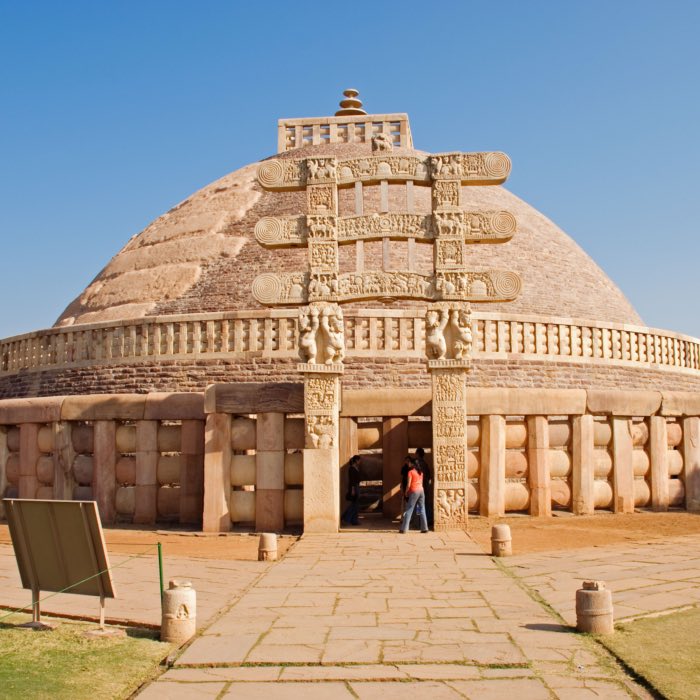
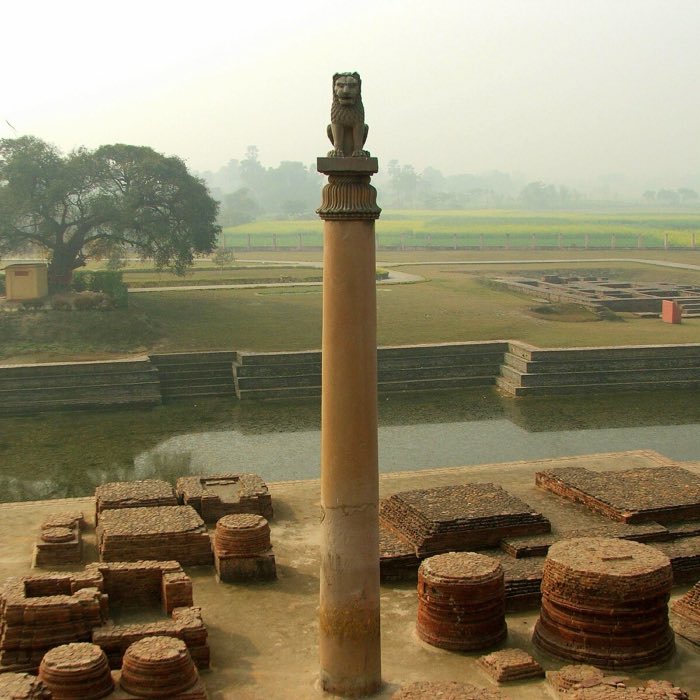


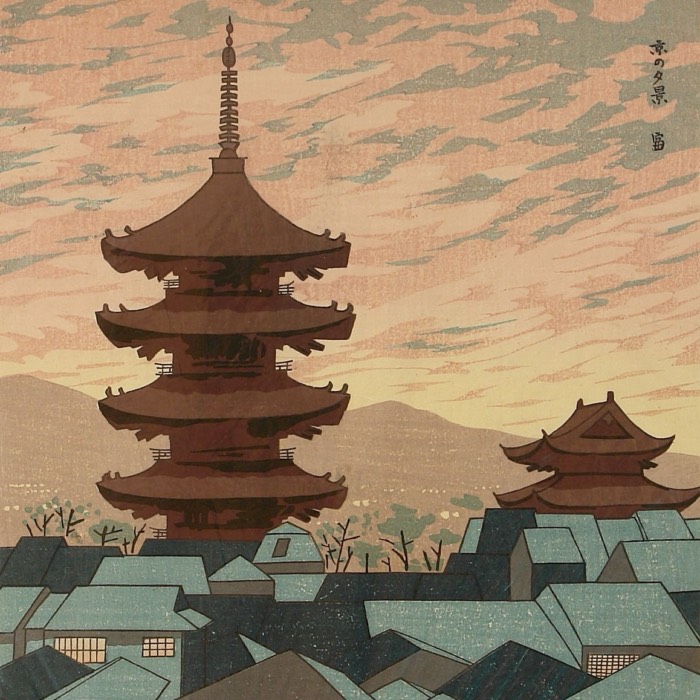

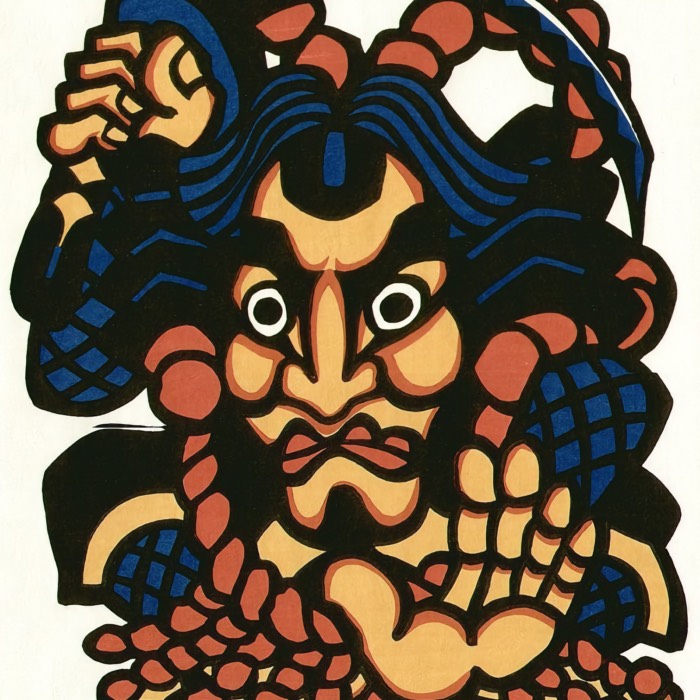
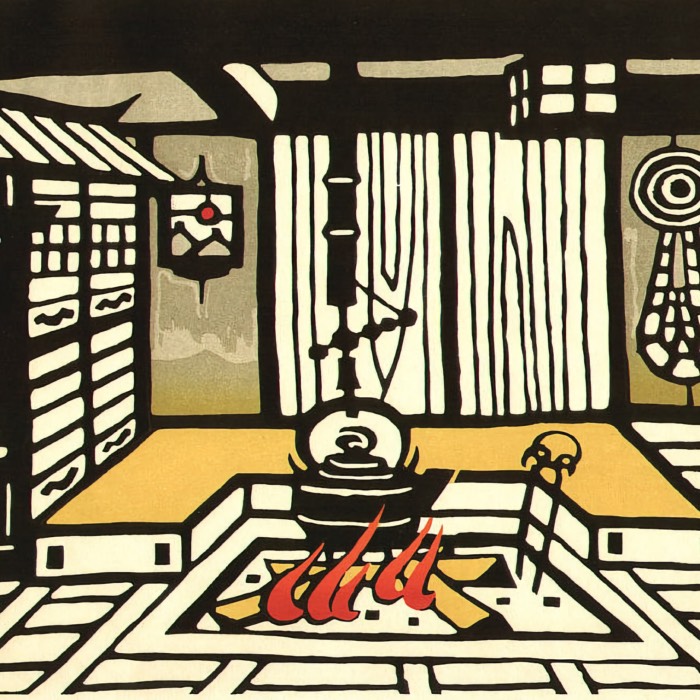
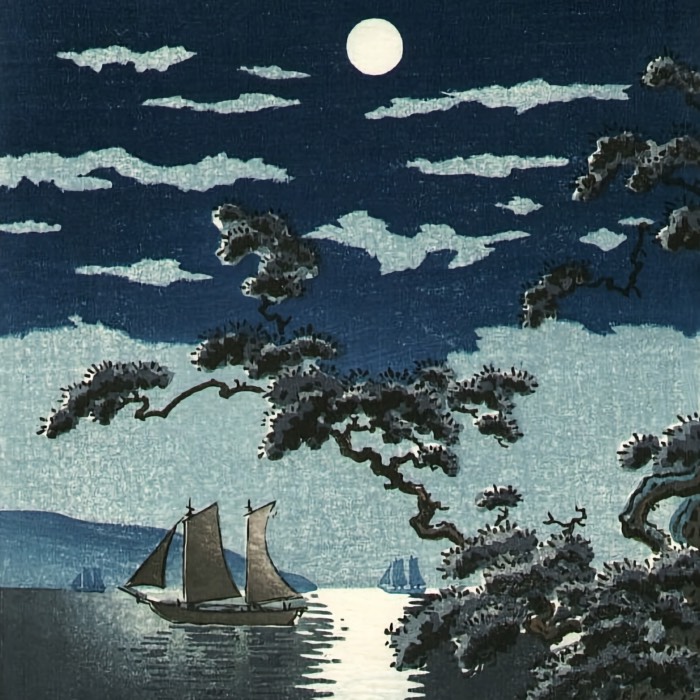
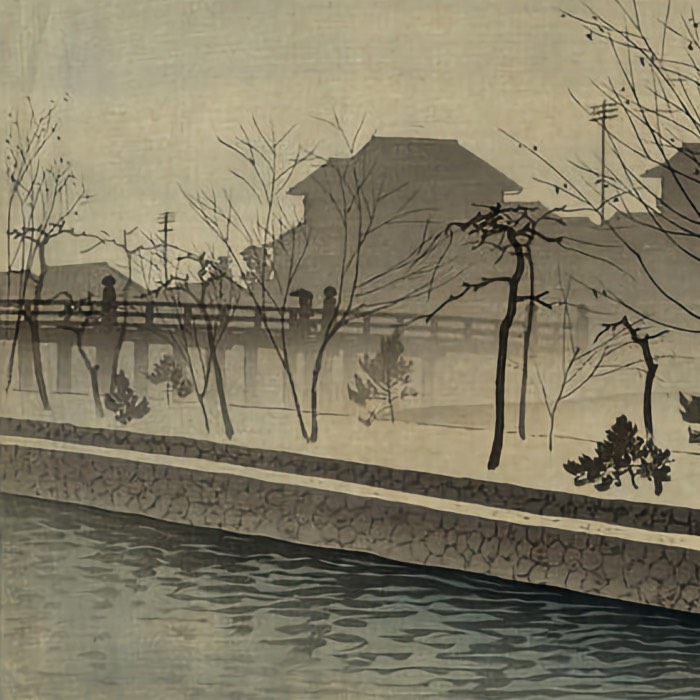
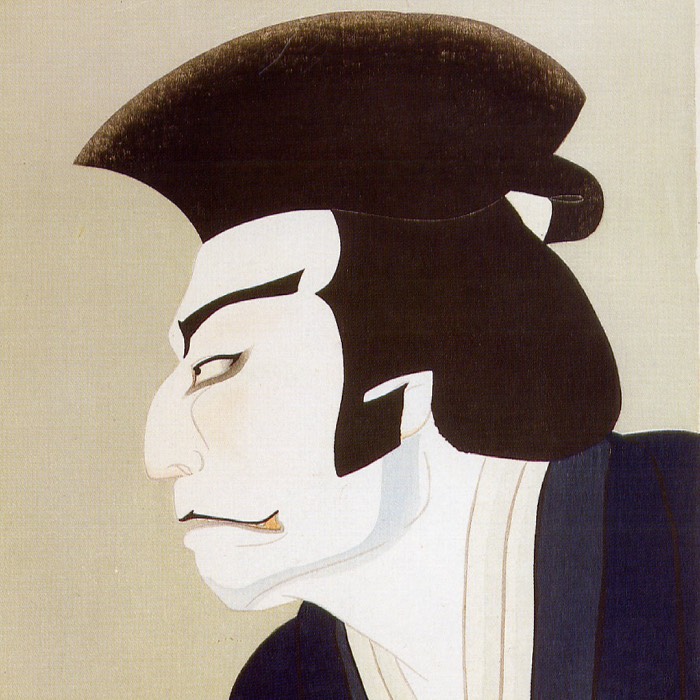
comments